If you click on a link and make a purchase we may receive a small commission. Read our editorial policy.
Do Marvel's Red Band Blood Hunt comics actually fit into the regular comic book universe?
Two weeks into Blood Hunt, and are the cracks already beginning to show between the regular Marvel Universe and the adults only version?

Popverse's top stories
- Is the Supergirl teaser trailer already teasing a Man of Tomorrow connection? Because our Brainiac senses are tingling
- Watch now: Watch as Nickelodeon presents the Avatar: The Last Airbender 20th Anniversary Panel, featuring Dante Basco, Zach Tyler Eisen, Jack De Sena, Mae Whitman, Michaela Jill Murphy, from NYCC 2025
- The Amazing Digital Circus stars Lizzie Freeman, Michael Kovach, and Alex Rochon are coming to Seattle's ECCC 2026
Part of the promotion behind Marvel’s Blood Hunt — the current comic book crossover storyline in which the Earth comes under invasion from a vampire army assembled by an unthinkable foe — centers around the 'Red Band' editions of the main Blood Hunt series: polybagged editions of the series that feature new and additional content that is intended for mature readers who want to see a little more blood and guts in their superhero storytelling. Said ‘Red Band’ editions are intended only for physical release in comic book stores, and will not be released either digitally or in collected editions, according to Marvel. The implication was clear: completists who wanted the whole story would need to get the ‘Red Band’ editions or else risk missing out.
Popverse tracked the differences between the Red Band and regular versions of the first issue of Blood Hunt, but it’s in the second week of the summer 2024 event that a new question arises: which version of Blood Hunt tells the story as it actually happens in the mainstream Marvel Comic Book Universe?
Spoilers for Blood Hunt #1 (both editions) and Doctor Strange #15 follow. Do not keep reading unless you’re ready to enjoy some bloody secrets (literally)
No matter which version of Blood Hunt #1 fans read, the issue ended with a shocking revelation: Blade is the villain of the series, as the new leader of The Structure, an organization of vampires out to take over the world. In both editions of the comic, this is revealed when he turns on Doctor Strange, although the way in which he turns on Strange is different in the two editions, which is important for our purposes. In the regular edition of the comic, Strange is stabbed through the chest from behind, whereas the Red Band version of the issue sees Blade literally tear Strange in two, pulling his torso apart. Check out this side-by-side comparison from Popverse contributing writer Joshua Lapin-Bertone:

Schrödinger’s Strange
Here’s what’s unexpected: Doctor Strange #15, out this week, picks up immediately after the end of Blood Hunt #1 — in fact, the first scene of the comic replays the final scene of Blood Hunt #1, and the reader gets to see Blade once again reveal that he’s the villain… and he does so by stabbing Strange through the chest from behind. What’s more, for the rest of the issue — which centers around Blade’s confrontation with Strange and Clea — at no point does Doctor Strange get torn in two.
Which would appear to state, explicitly, that the end of the Red Band edition of Blood Hunt #1 didn’t happen; after all, the stabbing through the chest from the regular version of the issue is what is depicted on-panel in Doctor Strange #15, thereby seemingly answering the Schrödinger’s Cat question of how Doctor Strange gets dispatched by Blade pretty definitively. Or… does it…?
Sure, what follows in Doctor Strange #15 would appear to hinge on the version of events as shown in the regular version of Blood Hunt #1, as opposed to the Red Band version. We won’t spoil too much in the Doctor Strange issue, but one would assume that Blade’s larger plan as revealed therein would require Doctor Strange to have legs. That said, both versions of events are simply variations of a basic idea — Blade attempts to kill Doctor Strange — that allow for some level of reversal under the rules of the Marvel Universe. It’s not a spoiler to point out, after all, that people with magical powers can do things that the rest of us cannot, like knit yourself or others back together after being torn in two. (Doctor Strange did actually die in 2022, only to come back and headline a relaunch of his own comic book less than two years later.)
The Truth is Out There (Or Should That Be Truths?)
Instead of assuming that there’s simply one canonical version of events inside Marvel’s comic book universe, what if we look it all as some extended Rashomon narrative in which the basic details are consistent, but their portrayal varies depending on audience and storyteller? For the mainstream audience whose tastes might be considered less horrific or visceral, the story is somewhat muted, whereas for others, it… well, includes heroes getting literally ripped in two, however temporarily. The basic ‘truth’ is consistent, but the details are somewhat variable depending on who’s telling the story, and to what audience.
After all, the only extension of this particular story we’ve seen after the two different versions of Blood Hunt #1 is Doctor Strange #15, which lacks the mature-reader label of a Red Band edition; who’s to say that, had one existed, we wouldn’t have seen Clea sew Strange back together speedily before everyone continues on their way? For that matter, what’s to say that a version of that scene won’t appear in the Red Band edition of Blood Hunt #2 when it appears May 22?
For now, all that’s known for sure is that Blade is up to no good, and wants to take Doctor Strange out of consideration as a potential threat to his plans. Do the details really matter beyond that? Again, that’s a question that we won’t really know the answer to until May 22’s Blood Hunt #2. Until then, fans can simply enjoy the Choose Your Own Adventure appeal of watching bad things happen to a Sorcerer Supreme, knowing that there’s always worse things on their way.
Both versions of Blood Hunt #1, and the singular edition of Doctor Strange #15, are available now. (Although the Red Band edition of Blood Hunt is only available in your local comic book store.)
Keep up to date on Popverse's Marvel coverage, with these highlights:
- The MCU needs Anya Taylor-Joy's Magik in it (and not just for the X-Men connection)
- How Disney+'s What If...? is the moonshot for the next 50 years of Marvel Studios & the MCU
- Marvel Studios has accidentally created a new Phase that predates Phases 1 - 6: the MCU Phase Zero
- Overgrown children of the atom: Marvel's X-Men can't evolve past their '90s commercial peak
- The biggest outstanding questions of the Marvel Studios' movies & TV shows
- Donald Trump is the landlord for Marvel's House of Ideas
- Marvel Studios swapping out Doctor Doom for Kang offers the chance to jettison the Multiverse Saga
- What Marvel Studios boss Kevin Feige is saying (and not saying) about the MCU X-Men franchise says a lot about the future of the Mutant Saga
- If Marvel is going to bring Loki back for Secret Wars, it's time to give him an upgrade
- In 2021, Sony's boss said people won't miss Spider-Man in its Spider-adjacent movie. Turns out, they do.
Follow Popverse for upcoming event coverage and news
Find out how we conduct our review by reading our review policy
Let Popverse be your tour guide through the wilderness of pop culture
Sign in and let us help you find your new favorite thing.


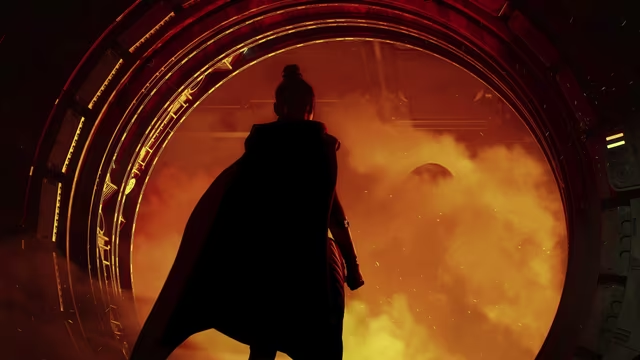
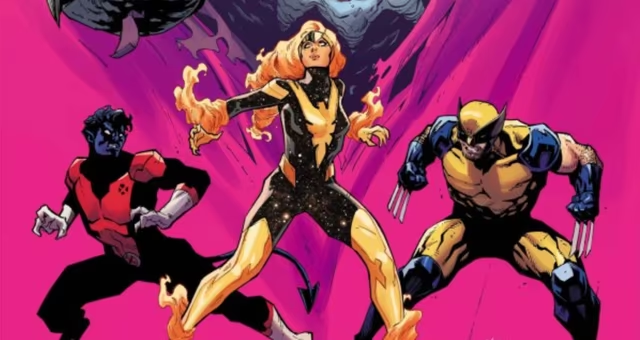
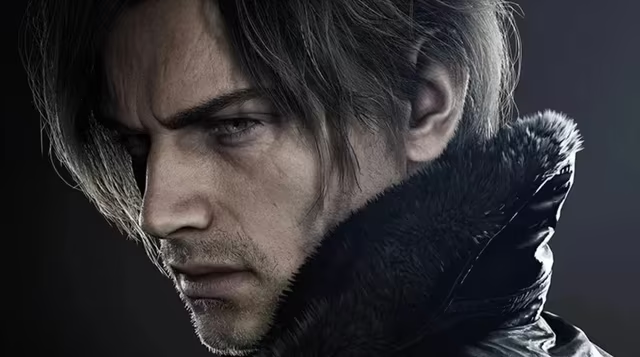
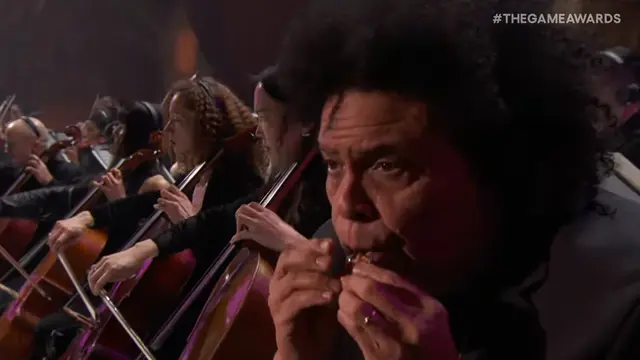
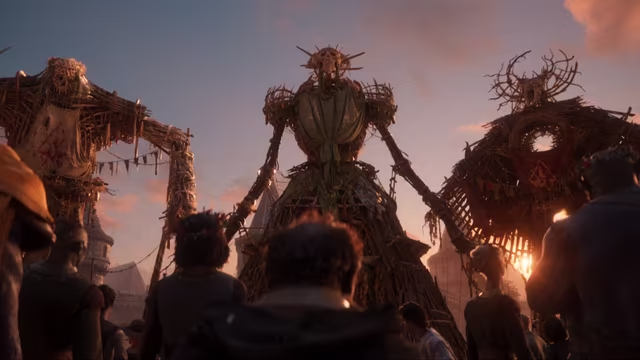

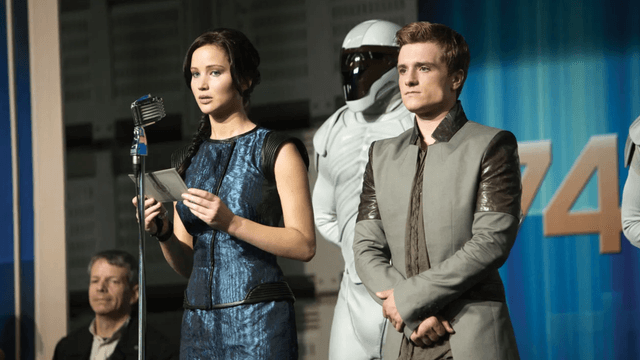
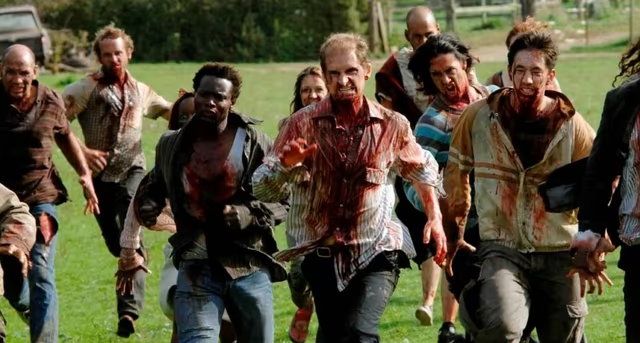
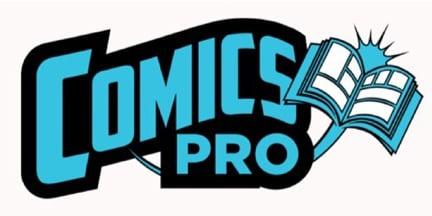





Comments
Want to join the discussion? Please activate your account first.
Visit Reedpop ID if you need to resend the confirmation email.